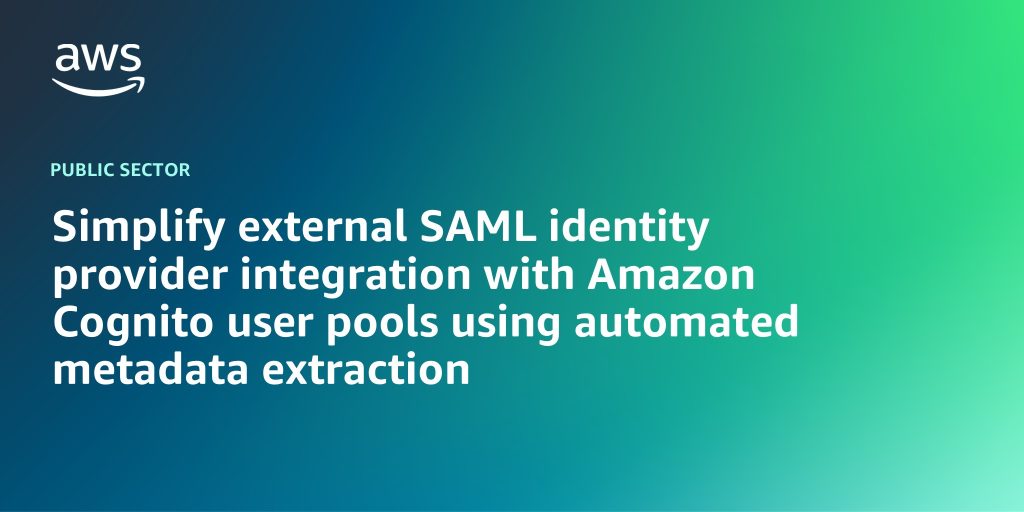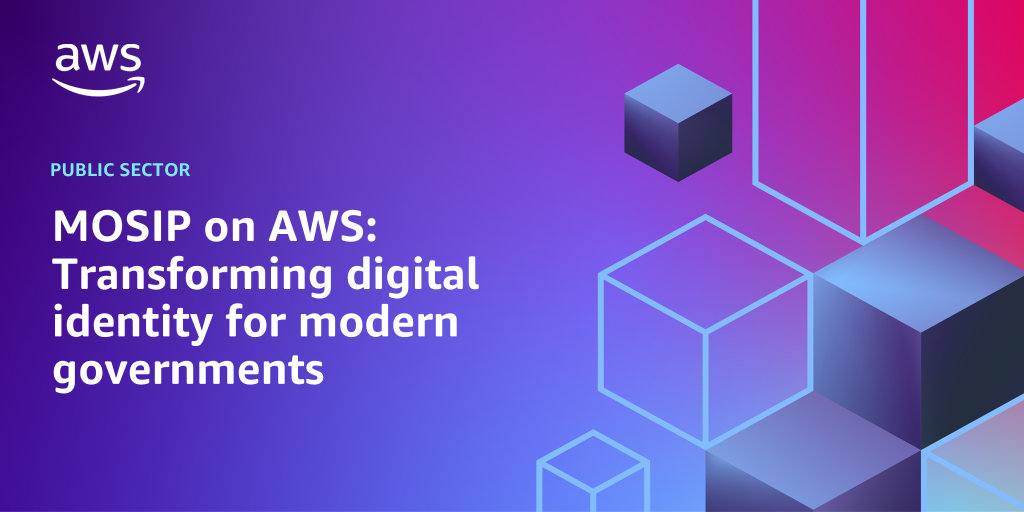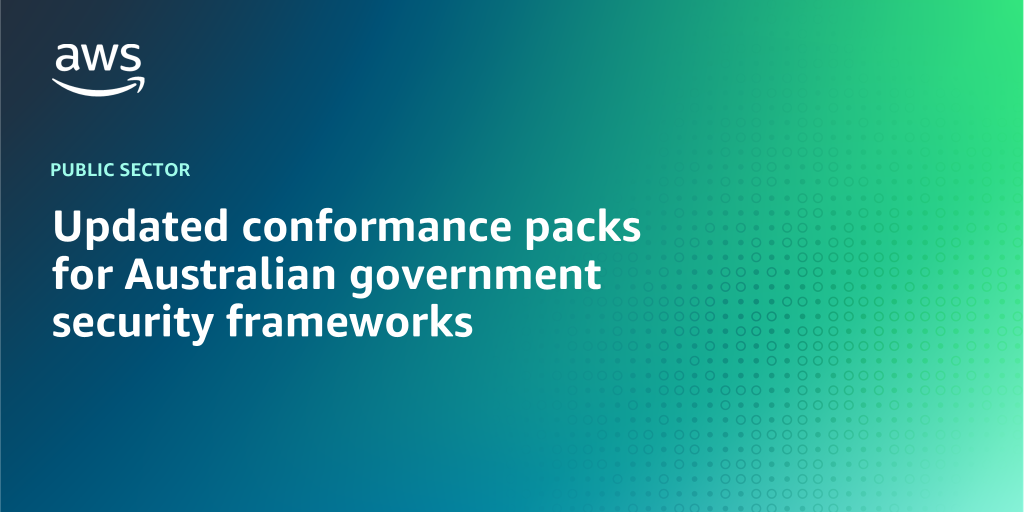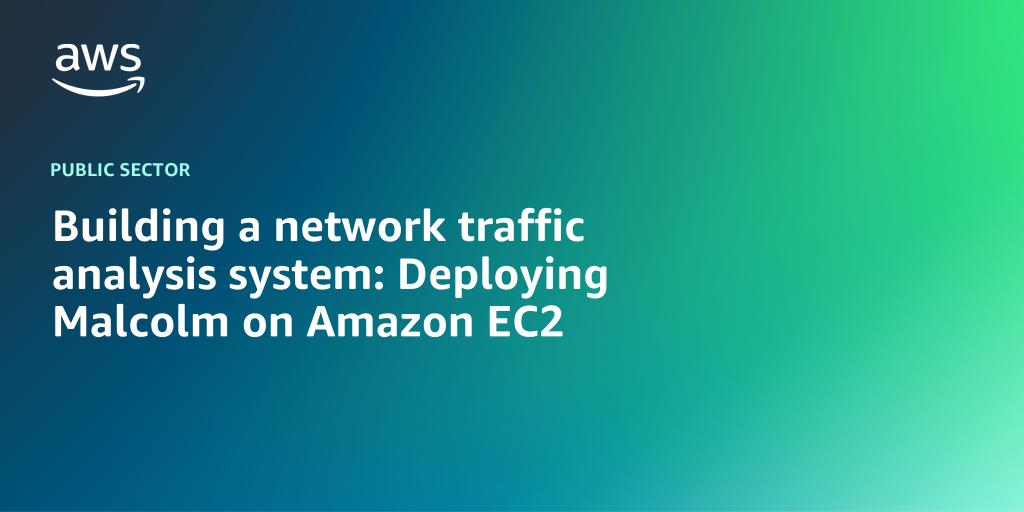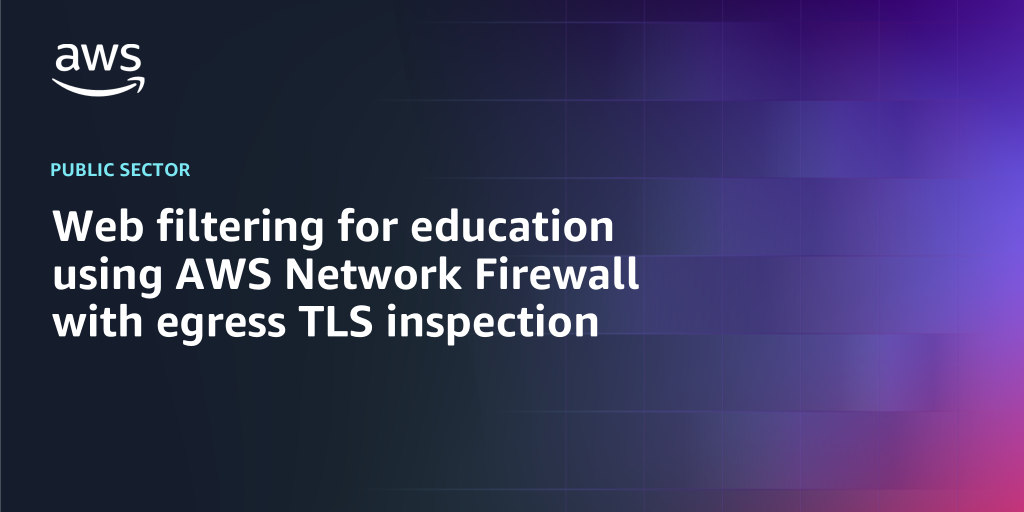AWS Public Sector Blog
Category: Security, Identity, & Compliance
Simplify external SAML identity provider integration with Amazon Cognito user pools using automated metadata extraction
Public sector organizations and technology vendors across industries—from healthcare and education to public safety and citizen services—struggle with complex identity integration requirements when deploying applications across multiple facilities and jurisdictions. This post demonstrates how organizations can eliminate integration delays using an automated metadata extraction solution built on AWS that provides self-service access to Amazon Cognito user pools metadata through a serverless REST API.
Unlocking research potential: How the University of Sheffield and RONIN accelerate secure research through Data Connect
This blog explores how the University of Sheffield uses AWS Partner RONIN Core and RONIN Isolate solutions to deliver a Trusted Research Environment (TRE) built on AWS infrastructure, enabling secure research and collaboration with sensitive data through the university’s Data Connect service. Secure and compliant infrastructure is essential for sensitive research. Many research institutions use a research Landing Zone to build Secure Research Environments (SRE) that provide the foundational compliance infrastructure—meeting standards like the National Institutes of Health (NIH) NIST 800-171, ISO 27001, HIPAA, and CMMC—upon which TREs like RONIN can build secure research workflows.
MOSIP on AWS: Transforming digital identity for modern governments
According to the World Bank’s Identification for Development (ID4D) initiative, approximately 850 million people globally don’t have official identification. This prevents citizens from access to essential services including healthcare, education, and social benefits. To address these challenges, Atos and AWS have collaborated on an innovative cloud-based digital identity system using the Modular Open-Source Identity Platform (MOSIP), making these systems more accessible, secure, and scalable than ever before.
Updated conformance packs for Australian government security frameworks
AWS has updated its conformance packs that validate security configurations against the Australian Government’s Information Security Manual (ISM) and Essential Eight cybersecurity strategies. Read this post to learn more.
Empowering educators: How Innovation Sandbox on AWS accelerates learning objectives through secure, cost-effective, and recyclable sandbox management
In this blog, we will explore how customers can use Innovation Sandbox on AWS to transform the management of temporary sandbox environments, so that they can focus on driving innovation, skill building, and developing the next big technological breakthrough.
Building a network traffic analysis system: Deploying Malcolm on Amazon EC2
In this post, we provide step-by-step guidance for deploying Malcolm—an open source network traffic analysis suite—natively on Amazon Elastic Compute Cloud (Amazon EC2), using the on-demand compute, elasticity, and scalability of AWS to eliminate traditional infrastructure overhead. This approach is particularly beneficial for cost-conscious public sector (federal, state, and local), utility, and industrial customers who require network and security monitoring to deliver on their missions.
Secure your cloud journey with Tenable Cloud Security: Now FedRAMP authorized
We’re excited to announce a significant milestone in our commitment to securing your cloud environments with a new Federal Risk and Authorization Management Program (FedRAMP) authorization at the Moderate impact level for Tenable Cloud Security—hosted on AWS GovCloud (US). This achievement extends from the existing FedRAMP authorized service of Tenable Government Solutions (also known as Tenable One). Both authorizations underscores Tenable’s dedication to providing best-in-class cloud security for even the most demanding cloud environments.
Web filtering for education using AWS Network Firewall with egress TLS inspection
This post demonstrates how TLS inspection in Network Firewall provides visibility into encrypted traffic, even when browsers implement Encrypted Client Hello (ECH) or when SNI fields contain modified information.
Proactive strategies for cyber resilience and business continuity on AWS
AWS recommends that organizations prepare to recover workloads in case of cybersecurity incidents or business continuity events such as technical or natural disasters. In this post, we offer guidance and strategies for public sector organizations to use AWS infrastructure to operate resilient systems in the cloud.
Macquarie University accelerates cloud transformation with AWS
Macquarie University today announced a significant advancement in its digital transformation journey, partnering with Amazon Web Services (AWS) to create a modern, cloud-first environment that will revolutionize its technology infrastructure and services delivery.
